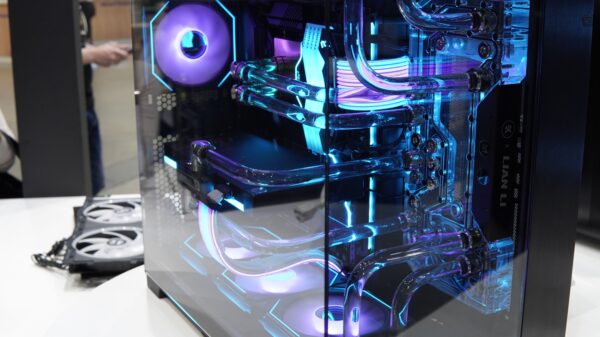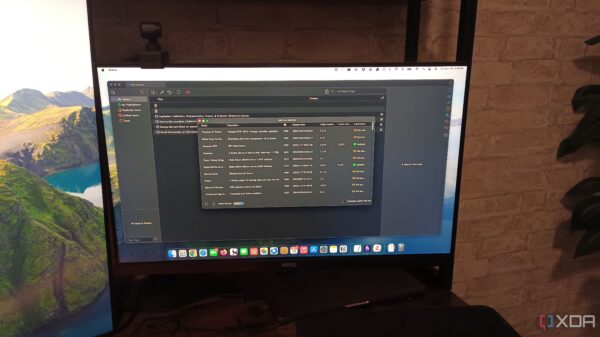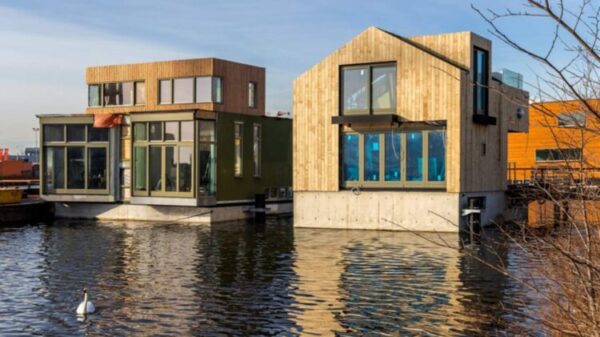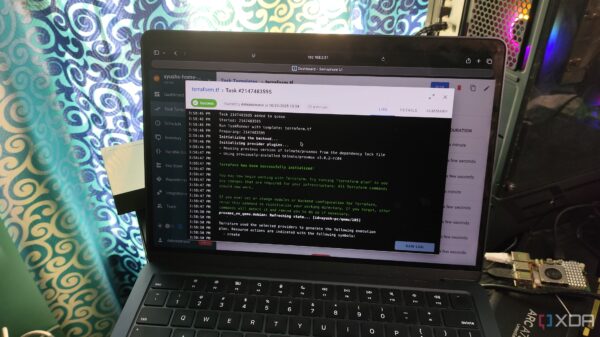UPDATE: Recent analysis reveals a concerning stagnation in PC case design, prompting buyers to question whether innovation has plateaued. As of now, consumers browsing retailers like Amazon and Best Buy are met with a sea of similar designs—tempered glass rectangles and mesh fronts dominating the market.
The enduring influence of the 1995 Advanced Technology eXtended (ATX) specification has created a uniformity that limits the creativity of manufacturers. With the standardization of motherboard sizes, the industry has converged on a design formula that balances aesthetics and functionality, but at what cost?
This lack of radical design changes raises critical questions about the future of PC building. Many enthusiasts are left wondering if the current offerings are a triumph of optimization or simply a reflection of creative stagnation. The shift toward high-airflow designs, necessitated by the escalating thermal demands of modern components, has led to a predominance of mesh panels, replacing the once-popular beige cases of the 90s.
As flagship CPUs and GPUs exhibit increasingly high thermal design power (TDP), the demand for better airflow has reshaped case designs. Where a single 80mm fan might suffice in the past, contemporary setups require extensive cooling solutions, often accommodating 360mm or 420mm radiators. This evolution has led to larger cabinets, but it has also forced a compromise between aesthetics and performance.
In today’s market, nearly 90% of PC cases fall into two categories: high-airflow mesh boxes or all-glass display cases. This duality caters to both performance-driven builders and those enamored with the visual appeal of RGB lighting and expansive visibility.
Internally, however, significant advancements have been made. The relocation of the power supply unit (PSU) from the top to the bottom of cases has been a game-changer, enhancing stability and ease of assembly. Additionally, the introduction of PSU shrouds has transformed messy builds into streamlined masterpieces.
Despite these improvements, the rigid dimensions dictated by the ATX standard limit the potential for unique case designs. Brands like Cougar have attempted to introduce innovative features, such as angled motherboard trays, but these remain exceptions rather than the rule. While companies like LianLi have produced standout models like the O11 Dynamic series, the market largely adheres to conventional box shapes.
While some may argue that innovation is occurring in niche markets with products featuring hidden cables and multi-chamber layouts, the broader landscape remains largely unchanged. Builders looking for variety are often forced to turn to less common form factors, such as ITX cases, which come at a premium due to their complexity.
As manufacturing technologies evolve, including 3D printing, there is hope for more diverse designs. However, many promising concepts have yet to capture mainstream attention. The industry’s reliance on standardized tooling for mass production often stifles creative exploration, leaving custom builders and system integrators to fill the gaps with unique solutions.
While the current state of PC cases may evoke a sense of visual homogeneity, many consumers feel relieved by the structural improvements and compatibility guarantees of modern designs. As one builder noted, “I’m just grateful that my components fit and stay cool, even if the exterior is just another box.”
In conclusion, the stagnation in PC case design presents a complex picture. It reflects both the achievements of engineering and a reluctance to break away from established norms. As the market continues to evolve, enthusiasts will be watching closely for signs of genuine innovation that can breathe new life into this critical component of the PC building experience.







































































